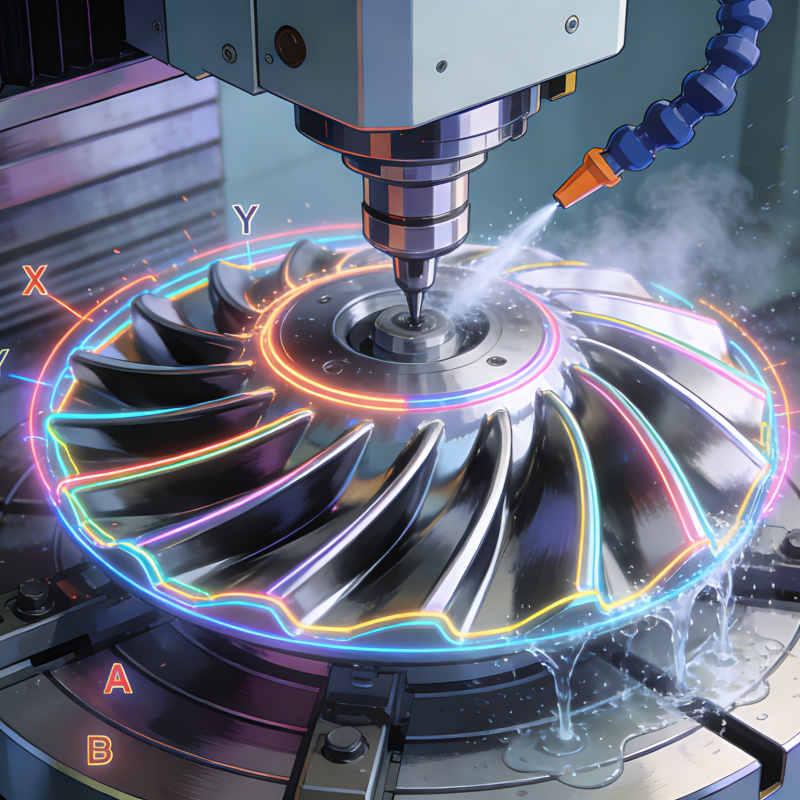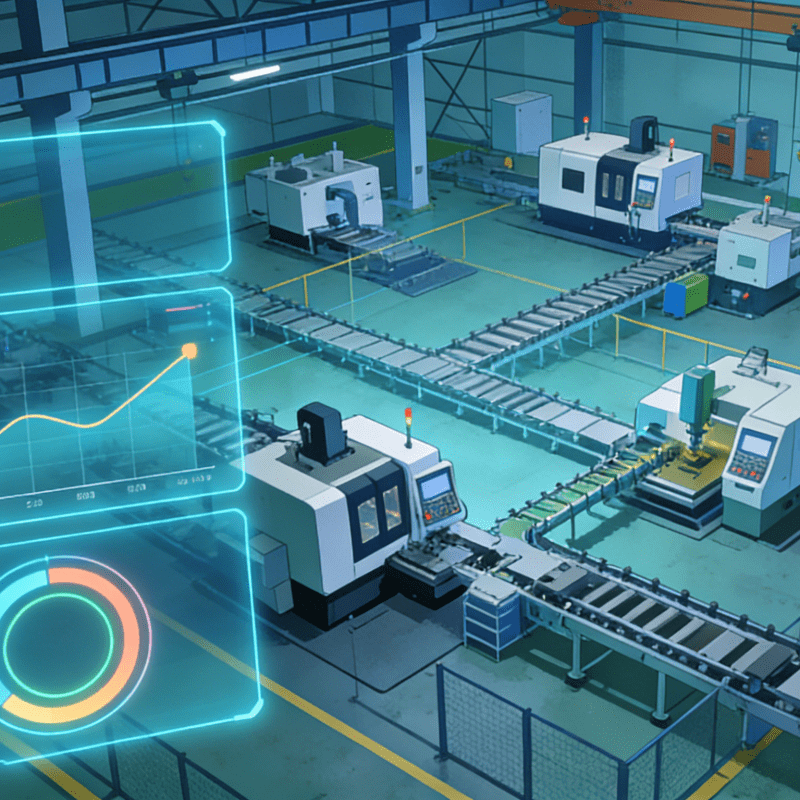
As the first day of school looms, a quiet shift is unfolding in backpacks and lesson plans across the country: alongside textbooks and calculators, students now carry access to a tool that’s dividing educators, parents, and policymakers alike—generative artificial intelligence. From middle school essays to high school math problems, AI tools like ChatGPT have become as ubiquitous as Wi-Fi in classrooms, sparking debates over whether they’re a game-changing ally or a threat to learning itself.
In Hampton Roads, Virginia, and districts nationwide, this divide is playing out in real time. While some teachers ban AI outright, fearing it will erode critical thinking, others are rewriting lesson plans to harness its potential. The question isn’t just if AI belongs in schools anymore, but how to wield it—before students, and the education system, get swept away by its momentum.
Experts agree AI can be a powerhouse for educators. It streamlines tedious tasks: drafting parent emails, designing differentiated assignments for students with varying skills, even optimizing bus routes to cut down on commute times. For teachers stretched thin by large class sizes, these tools offer a lifeline, freeing up hours to focus on one-on-one mentorship. “Imagine a teacher with 30 kids—AI can grade 20 math quizzes in minutes, letting them spend that time helping the two students who are struggling,” says Professor Casey Cuny, who sits on the Smithsonian National Education Summit Advisory Panel.
But for students, AI’s allure as a shortcut is undeniable—and troubling. Dr. Patrick Dicks, an educator and AI expert, warns of a growing reliance that dulls foundational skills. “We’re asking kids to research, analyze, create—and instead, they’re letting AI write entire essays or solve equations step-by-step,” he says. “Over time, that erodes their ability to think critically, to wrestle with confusion, to build the analytical muscles they’ll need in college and careers.” He’s seen it firsthand: students who can’t explain their own AI-generated answers, or who panic when asked to solve a problem without tech support.
Cuny, a vocal advocate for intentional AI integration, counters that banning the technology is futile—and counterproductive. Instead, he argues, schools must teach “AI literacy” as a core skill. “I don’t just tell kids ‘don’t cheat’—we have conversations about why original work matters, and how AI can be a tool, not a replacement,” he says. New research backs this up: classrooms that openly discuss AI ethics and best practices see significantly lower rates of misuse.
For underserved students, in particular, Cuny sees AI as an equalizer. “A kid without a tutor at home? AI can walk them through algebra steps at 10 p.m. A student learning English? It can translate lessons and explain idioms. This could close equity gaps we’ve struggled with for decades.”
The two experts disagree, however, on AI’s long-term impact on education jobs. Dicks worries that as AI handles more administrative and instructional tasks, roles could shrink. Cuny, though, is confident teaching will evolve, not disappear. “AI can’t replace the empathy of a teacher who notices a student is upset, or the creativity to turn a boring lesson into a class debate,” he says. “It’ll be an assistant—like a calculator, but smarter—freeing educators to do the human work only they can do.”
What’s clear is that AI’s integration is inevitable. Districts are racing to catch up: updating policies to define acceptable use, training teachers in AI tools, and involving parents in the conversation. Many, like those in Hampton Roads, now post their AI guidelines online, outlining when students can use tools (e.g., brainstorming ideas) and when they can’t (e.g., writing final essays).
As backpacks are packed and syllabi printed, the challenge isn’t to stop AI’s march into classrooms—it’s to guide it. The goal, experts say, is to 培育 students who can use AI wisely: to question its outputs, to blend its suggestions with their own ideas, and to remember that the most valuable learning often comes from struggle, not a quick answer.
In the end, AI is neither savior nor villain. It’s a mirror—reflecting what we value in education. Will we let it hollow out critical thinking, or use it to create classrooms that are more personalized, equitable, and focused on the humans at their core? The answer will shape the next generation of learners—and the world they’ll build.
Application cases of automatic vanity mirror assembly lines
What is the development trend of automatic vanity mirror assembly lines?




















